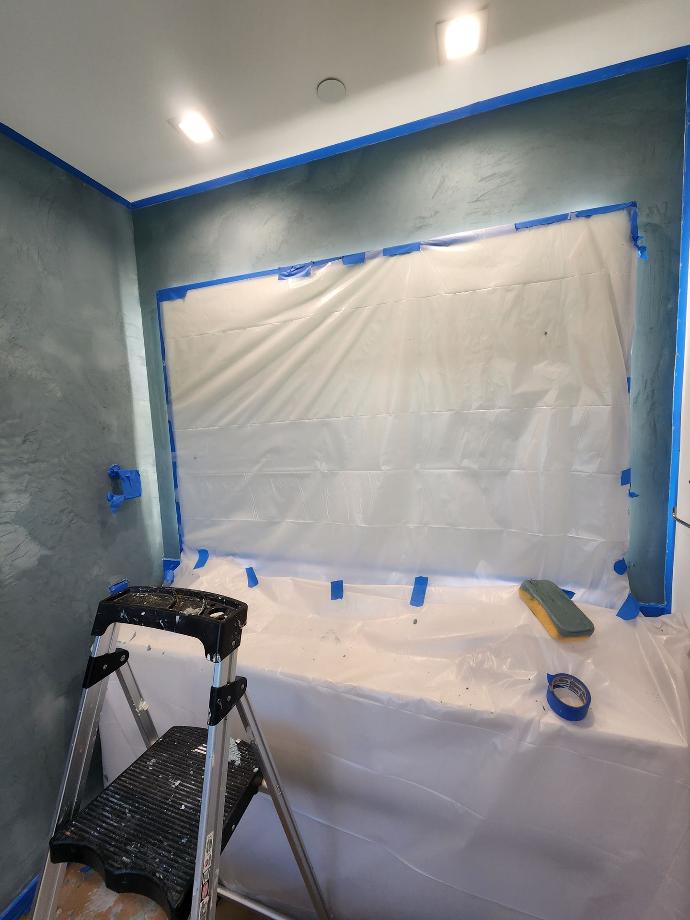Demystifying the use of waxed concrete with our concise answers to frequently asked questions.
No, it is a coating composed of very abrasion-resistant micro-concrete.
Waxed concrete is a tough material, provided it is properly applied and the proper sealants and varnishes are used. It is essential that the surface to which it is applied is solid, healthy and smooth.
Microcement has several characteristics that make it a durable material:
Mechanical resistance: It is known for its ability to resist shocks and wear. It can withstand heavy traffic and resists impact from heavy objects..
Stain resistance: In general, waxed concrete is treated with sealers or protective varnishes that make it resistant to stains caused by common liquids such as wine, coffee, oil or household products.
Water resistance: : Once properly sealed and varnished, waxed concrete becomes waterproof and water resistant. It is therefore suitable for use in bathrooms or kitchens.
Heat Resistance: Waxed concrete is also heat resistant, making it a suitable material for use around hot surfaces like stoves and fireplaces.
To ensure the durability and strength of the material, it is crucial to ensure proper application and sealing. It is recommended that qualified professionals be used to ensure proper installation of waxed concrete.
Yes. However, it is important that your surface is smooth and solid. If necessary, use a leveler to ensure that your surface is level.
Yes, because the first coat prepares the final surface.
Preparation is the same as before painting.

Yes, it is always advisable to apply a primer to any new surface. This closes the pores and evens out the surface, especially on a new wall.
You can order the primerhere.